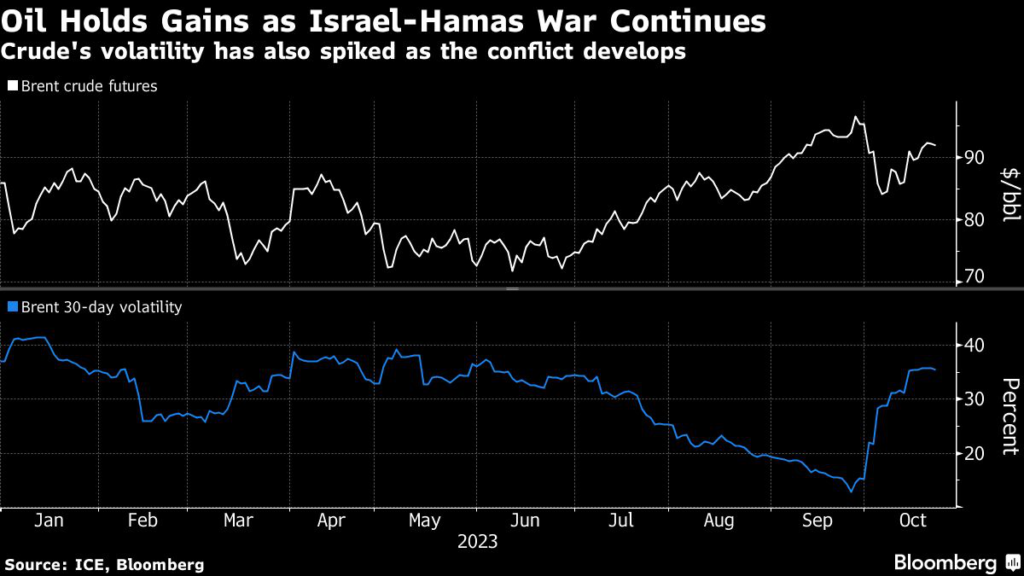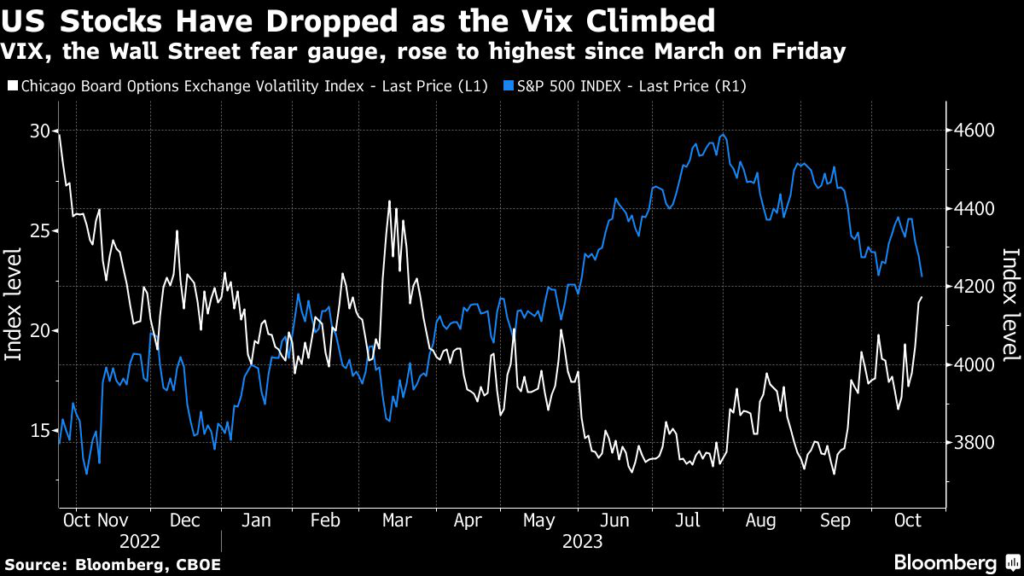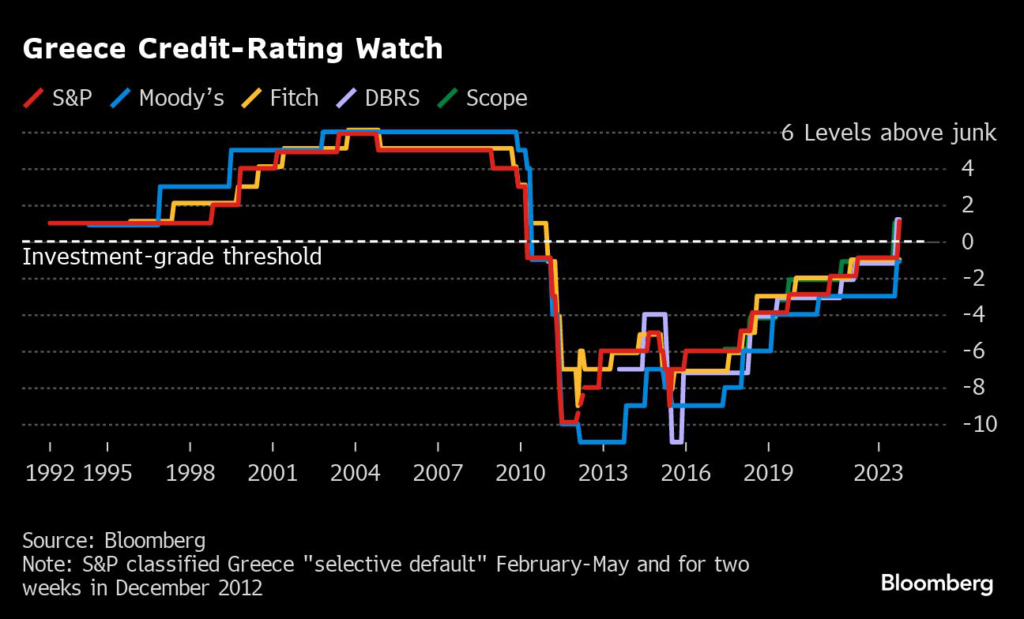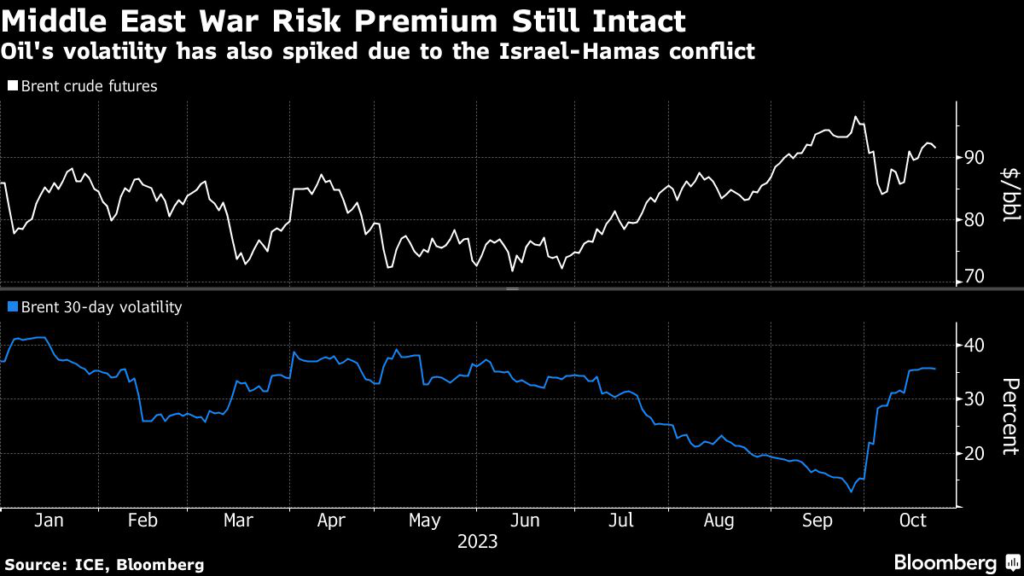It’s a tough time to be in the real estate business. That means Goldman Sachs Group Inc. is feeling some pain, too.
(Bloomberg) — It’s a tough time to be in the real estate business. That means Goldman Sachs Group Inc. is feeling some pain, too.
The bank isn’t the largest property lender, but it has more than $14 billion of real estate investments. Writedowns of those bets helped drive a $1.15 billion hit in the second quarter.
The firm didn’t detail which properties drove the loss, which was spread across equity and debt investments on its balance sheet as well as some consolidated investment entities. Goldman added a slide on its commercial real estate exposure to its quarterly presentation, pointing out that offices make up a small percentage of its property bets.
Property owners are grappling with the effects of a surge in borrowing costs. Office landlords have particularly struggled as the rise in remote work eats away at demand for the buildings. Landlords including Brookfield Asset Management Ltd. have defaulted on debt, often in an attempt to renegotiate terms with lenders.
Goldman’s investments with its own balance sheet have tended to be lucrative. But this quarter showed just how volatile they can be, something shareholders tend to dislike. That’s driven Chief Executive Officer David Solomon to vow to wind down most of its investments and focus instead on attracting client money to deploy.
About half of Goldman’s alternative commercial real estate investments are from “historical principal investments” that Goldman “intends to exit over the medium term,” it said.
Chief Financial Officer Denis Coleman said on Wednesday’s call with analysts that the firm did a “comprehensive asset-by-asset review” of its commercial real estate portfolio. No single investment represents a particularly big stake, he added.
Commercial real estate represents about $27 billion of Goldman’s $178 billion in loans, led by $11 billion in its warehouses category. The CRE portfolio is 42% investment-grade and had a 0.3% charge-off rate last quarter.
Goldman isn’t alone. The office business drove much of JPMorgan Chase & Co.’s $100 million in charge-offs, and the bank built its loss reserves by $389 million largely because of “updates to certain assumptions related to office real estate.” At Morgan Stanley, increases in provisions for credit losses were “primarily driven by credit deteriorations in the commercial real estate sector.”
–With assistance from Sridhar Natarajan and Katherine Chiglinsky.
(Adds CFO comments in seventh paragraph.)
More stories like this are available on bloomberg.com
©2023 Bloomberg L.P.










